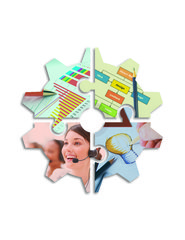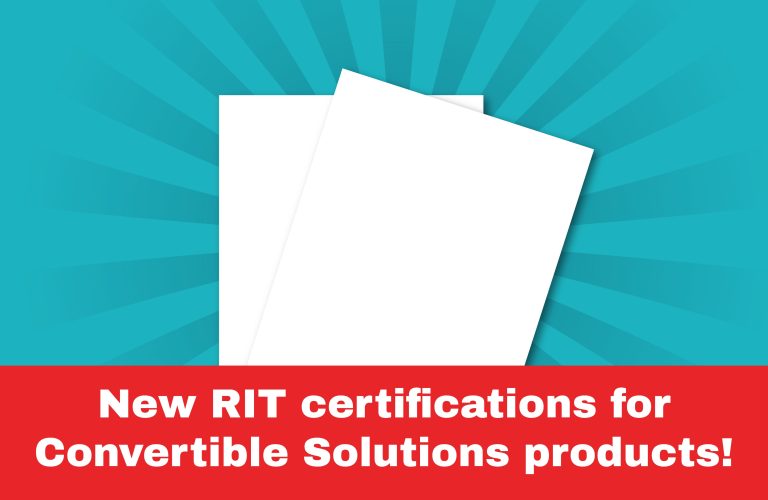
Bringing Customers Full Circle
 Utilizing the classic campaign cycle ultimately brings more customers around to a final sale.
Utilizing the classic campaign cycle ultimately brings more customers around to a final sale.
As a marketer, you may be familiar with the classic campaign cycle for print and multi-channel marketing campaigns: planning, execution, measurement and analysis, then back to planning again. It is a continuous cycle of implementation, monitoring and measurement, and refinement that leads to a better understanding of your customers, higher response rates, more conversions, and ultimately, more sales.
Let’s look at each stage.
Planning
The planning stage is about more than picking your list, designing your mailer, and choosing an incentive. It includes data analysis, customer profiling, developing a contact management strategy (who to contact, when to contact them, and how to contact them), and the optimum media mix (how best to reach them).
Planning also includes knowing the characteristics of your most valuable customers. Not only does this help you create a higher level of relevance in your personalized and targeted messaging, but it helps with prospecting too. If you have great customers and want to purchase a list of names of people who look just like them, profiling tells you which characteristics to choose.
The planning stage also includes your channel mix. Different customers prefer communication using different channels. Some prefer personalized direct mail. Others prefer personalized email, social media, or mobile. Monitoring the channels each customer responds to helps you plan how to most effectively reach them.
Execution
This includes your list, your offer, your creative, and your incentive. Based on everything you know, it is how you put the campaign together. Execution also includes the quality of printing; the level of accuracy in matching personalized letters and envelopes; and the implementation of appropriate monitoring and tracking metrics.
Measurement and Analysis
The last stage is monitoring how well your campaigns perform—not just individually but in comparison to one another. Which product or service categories are most effective? Which offers and messages yield the best response? Is the $20-off-coupon the most effective incentive? Or is it the sweepstakes or free download? Remember, what people don’t respond to is just as important as what they do.
Once you’ve completed the measurement and analysis stage, you take what you’ve learned and implement it back into the first stage in the cycle — planning. That is a never-ending process. Planning, executing, measuring, analyzing, and back to planning again. It’s the cycle that leads to success. It should be ingrained in every marketer. Is it ingrained in you?






